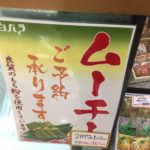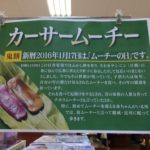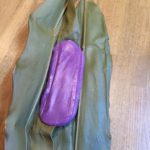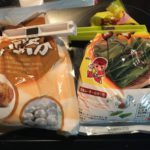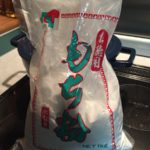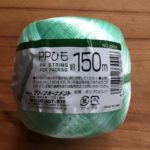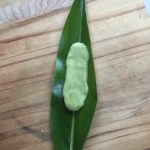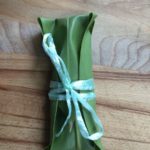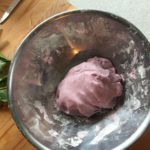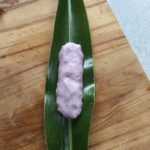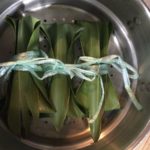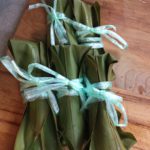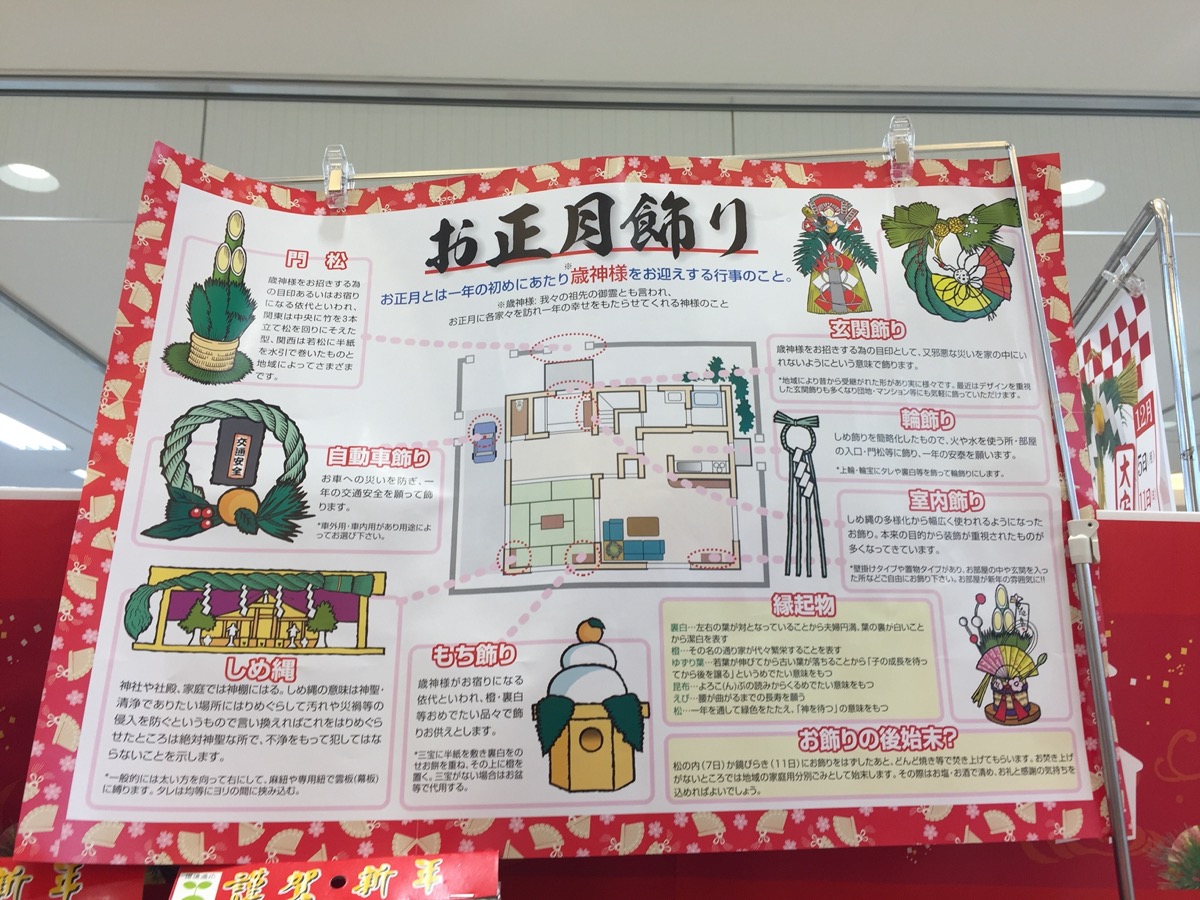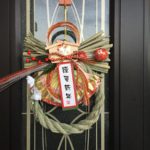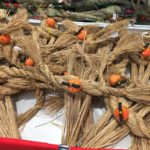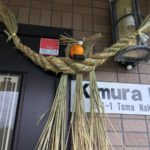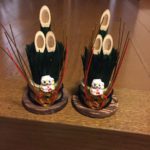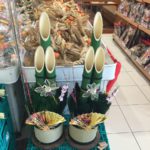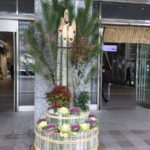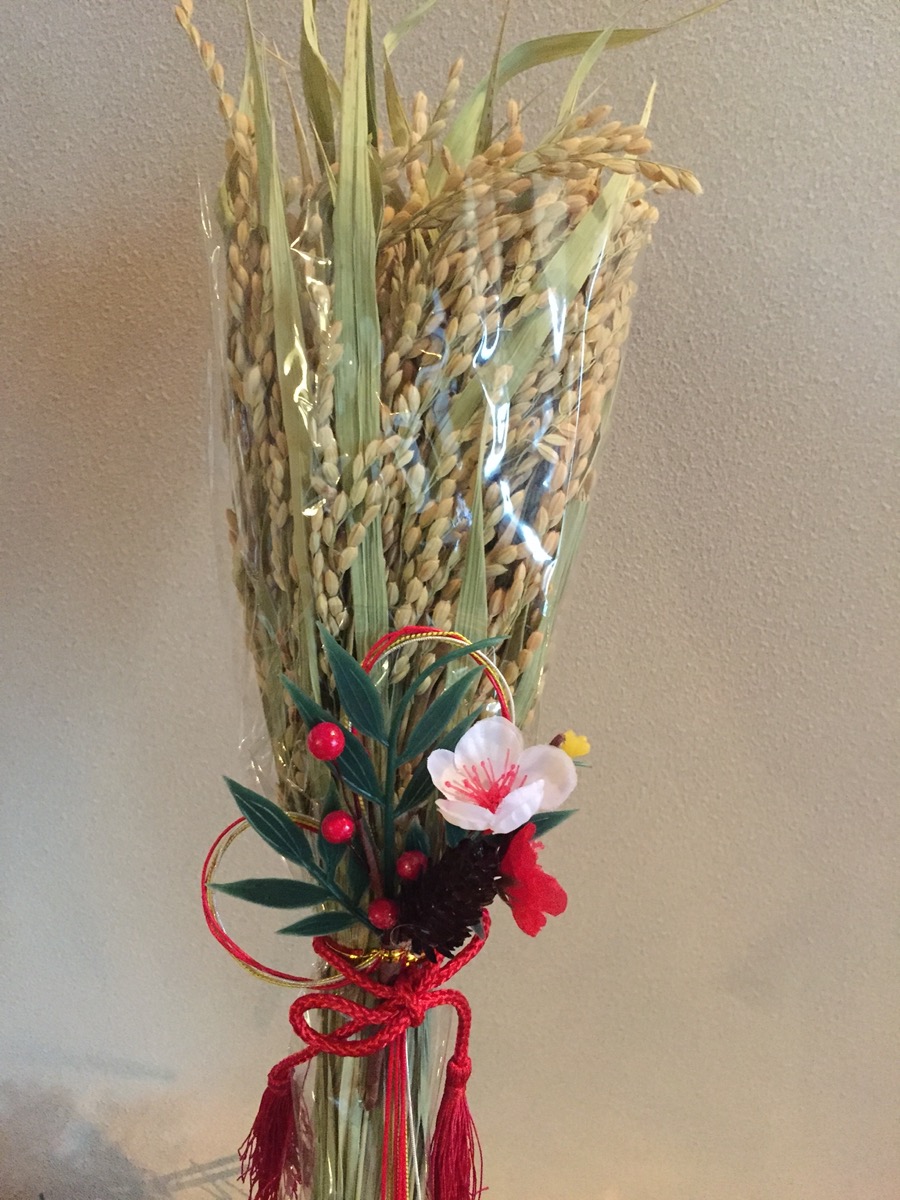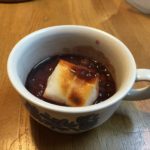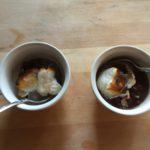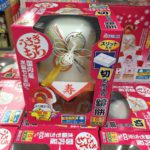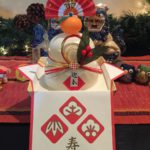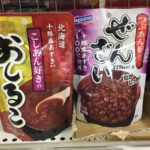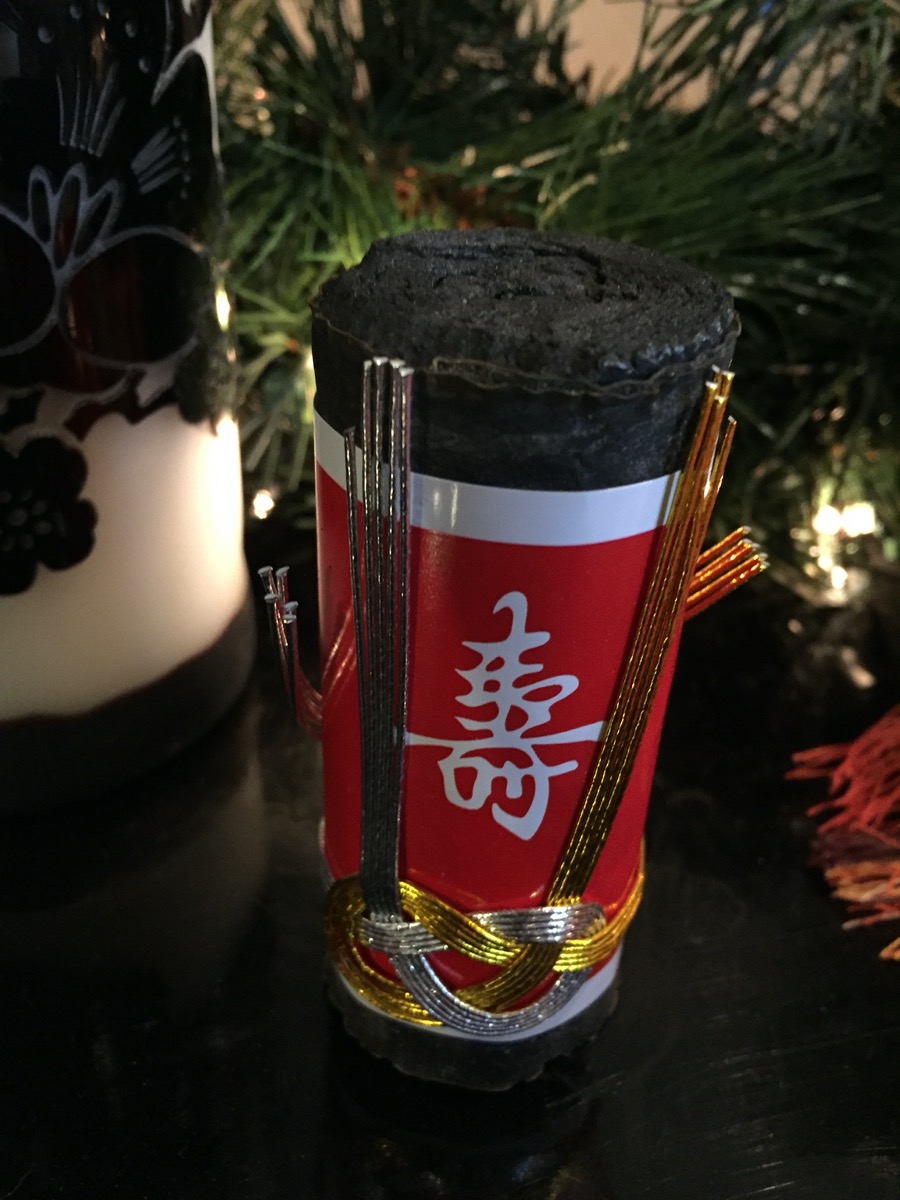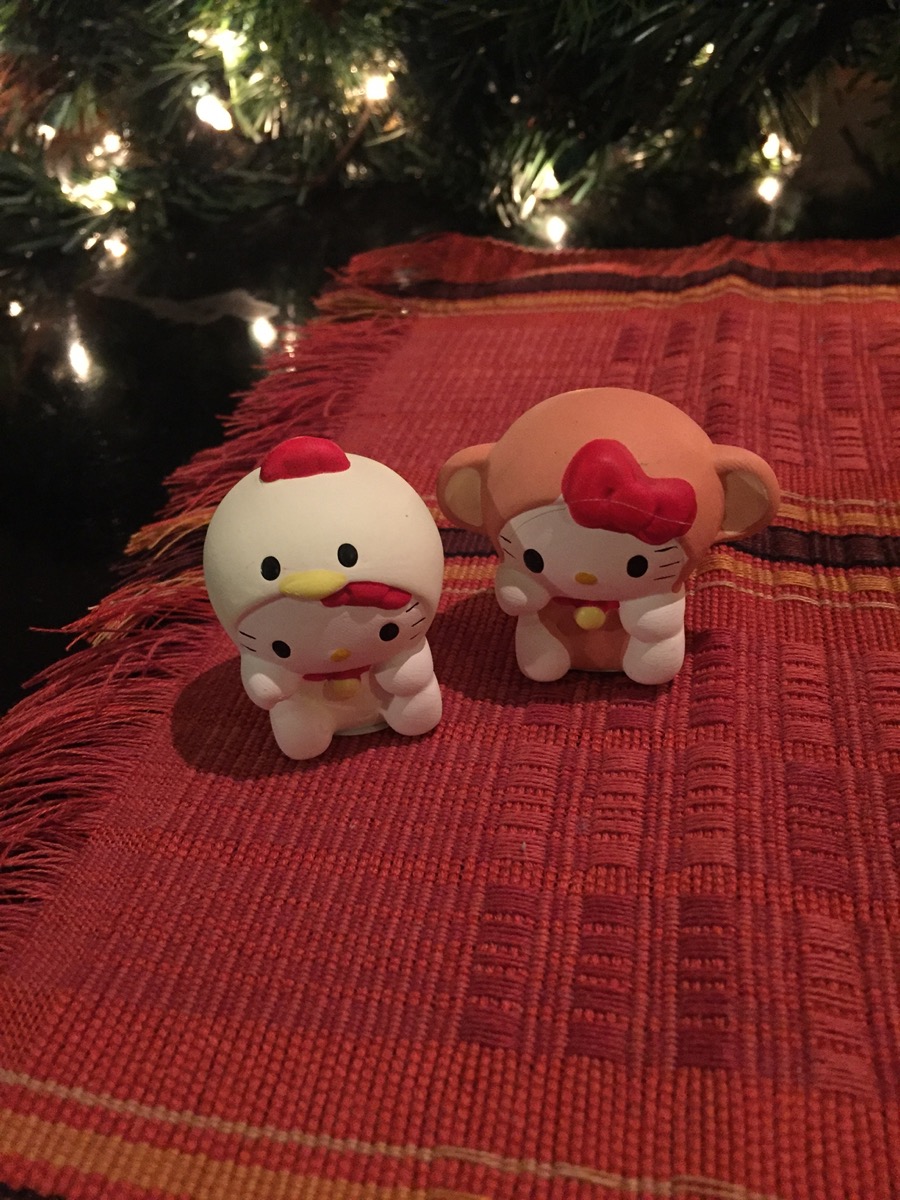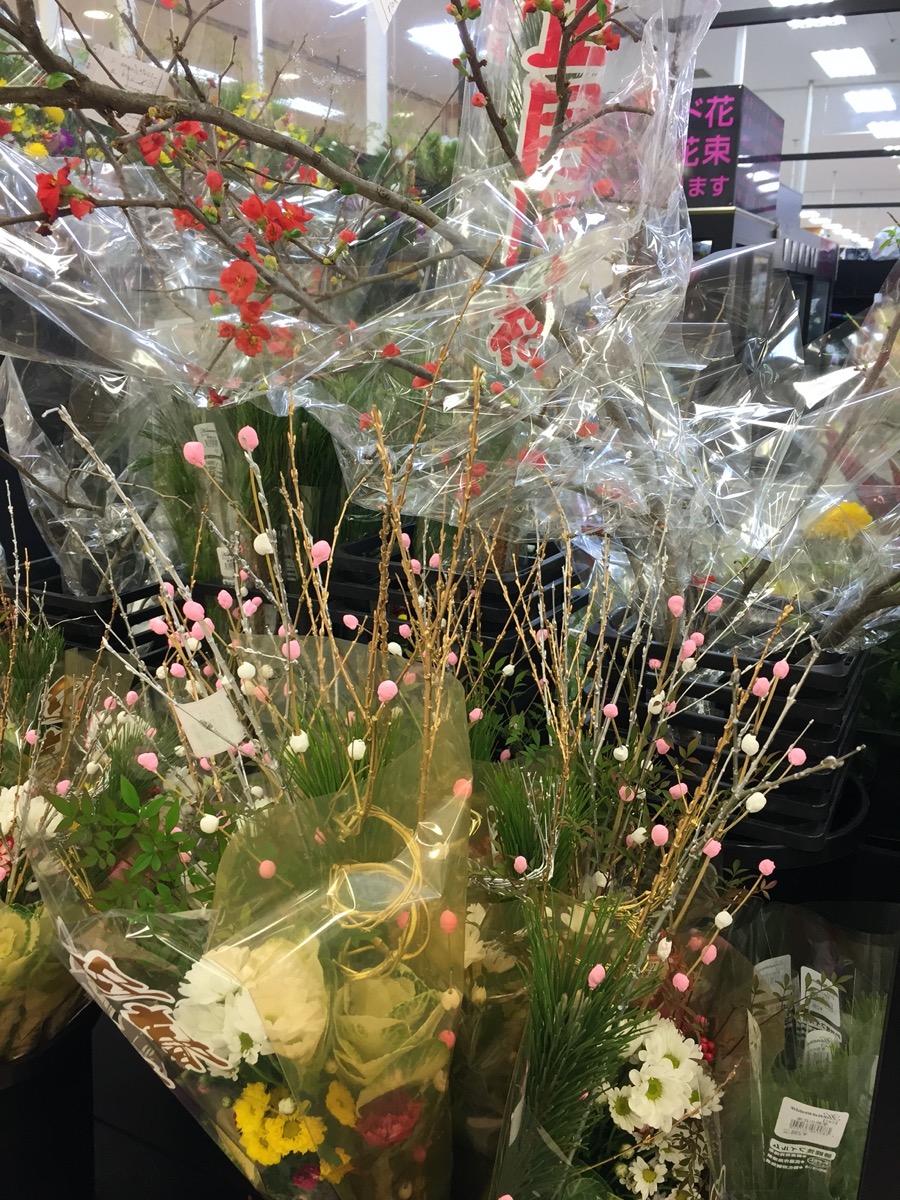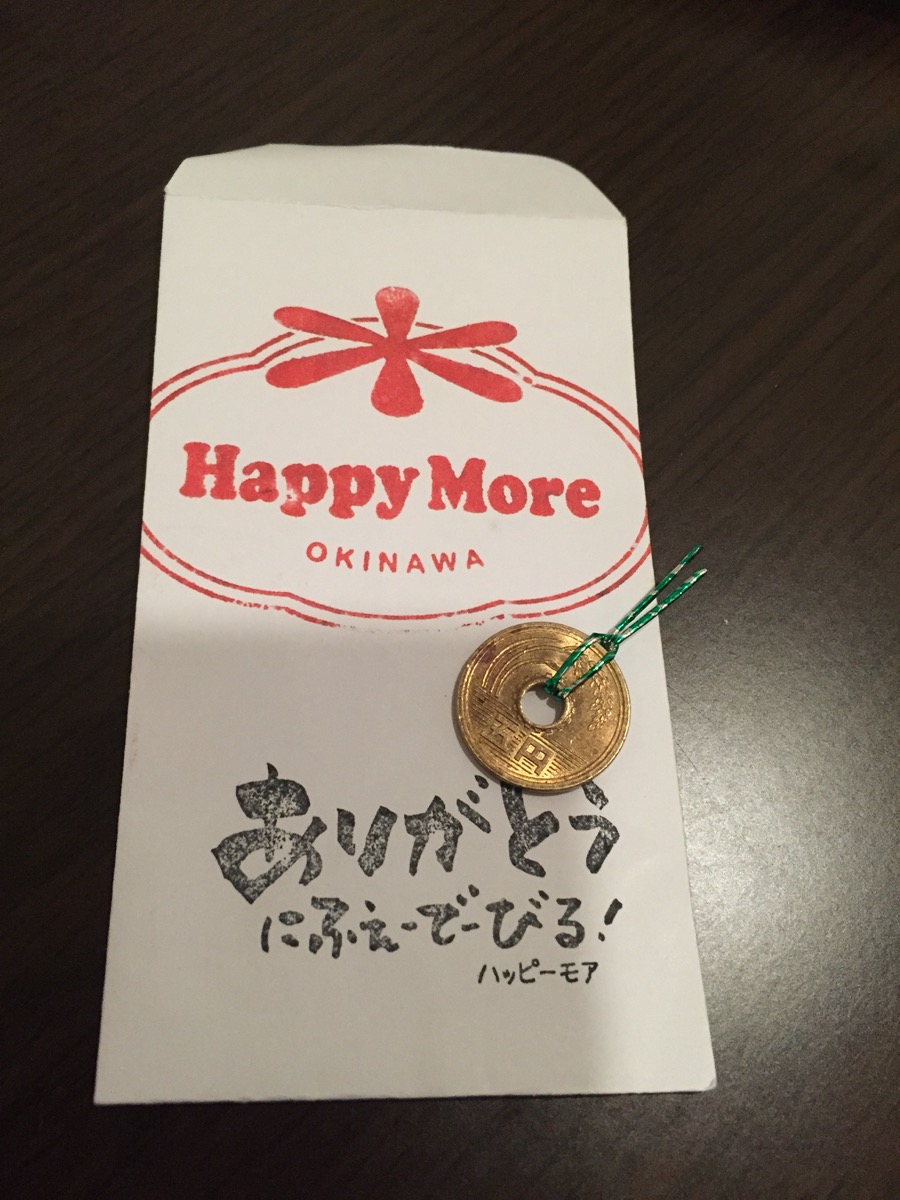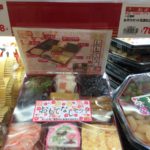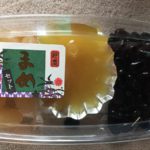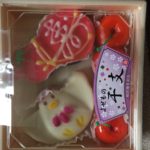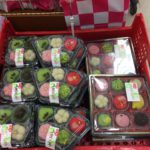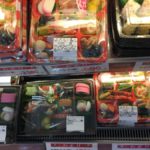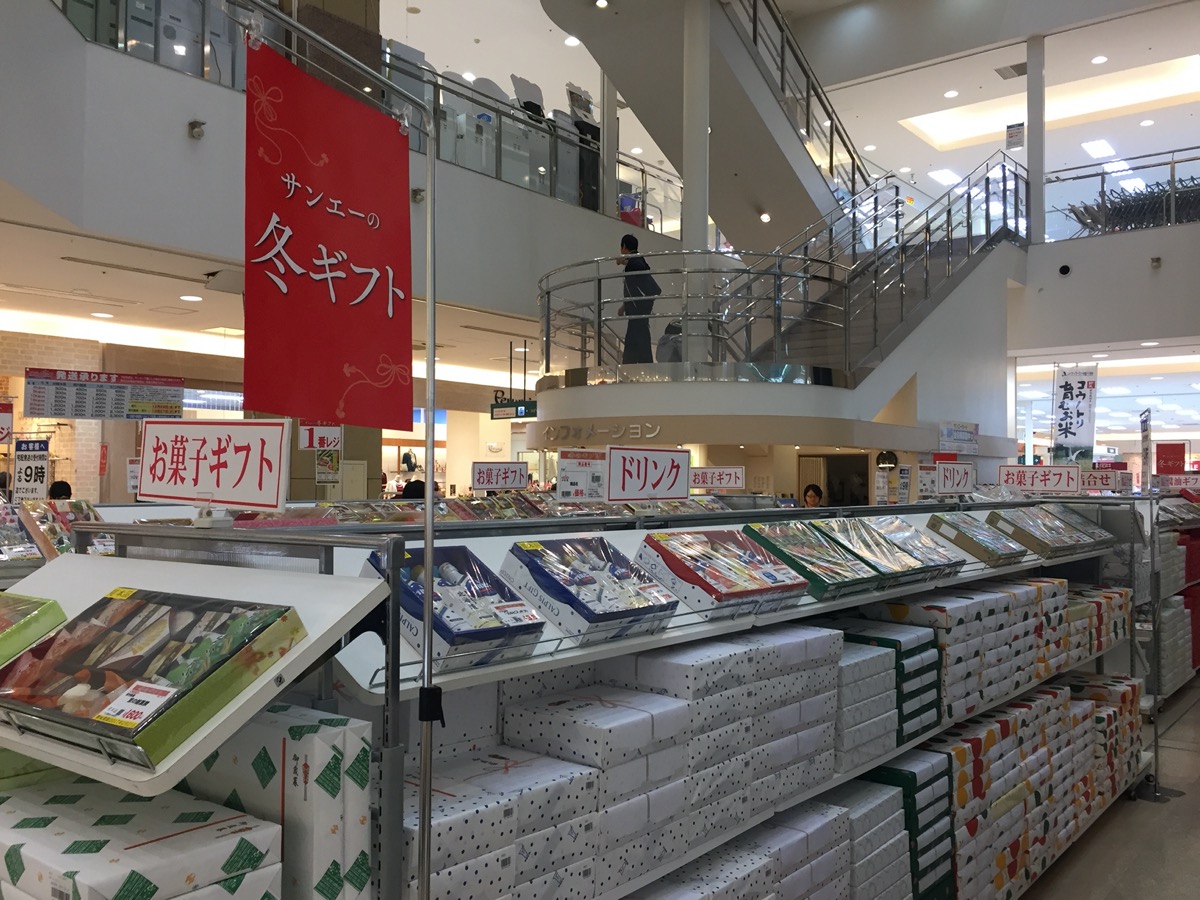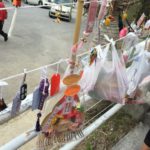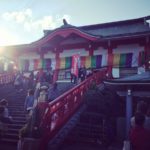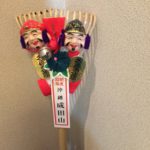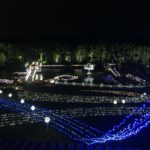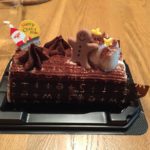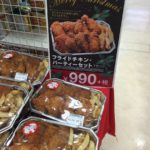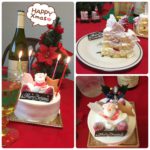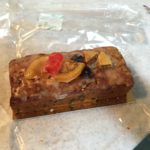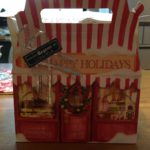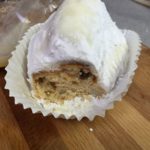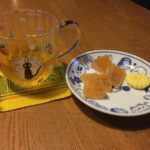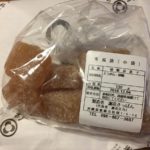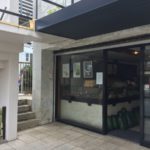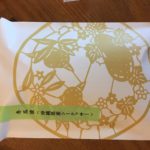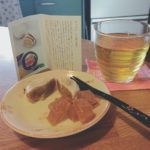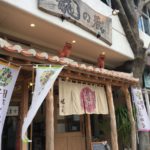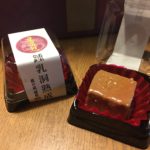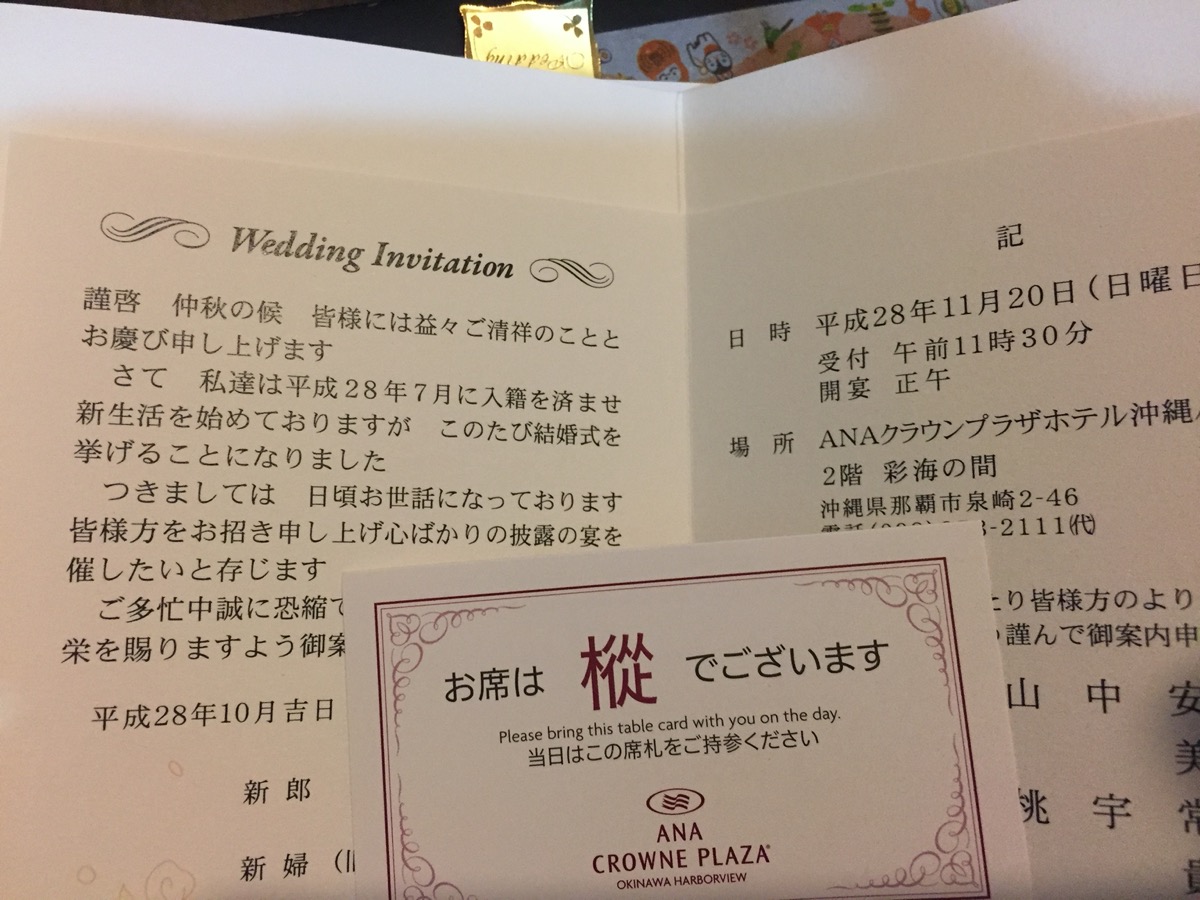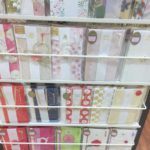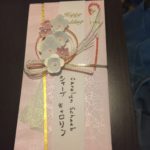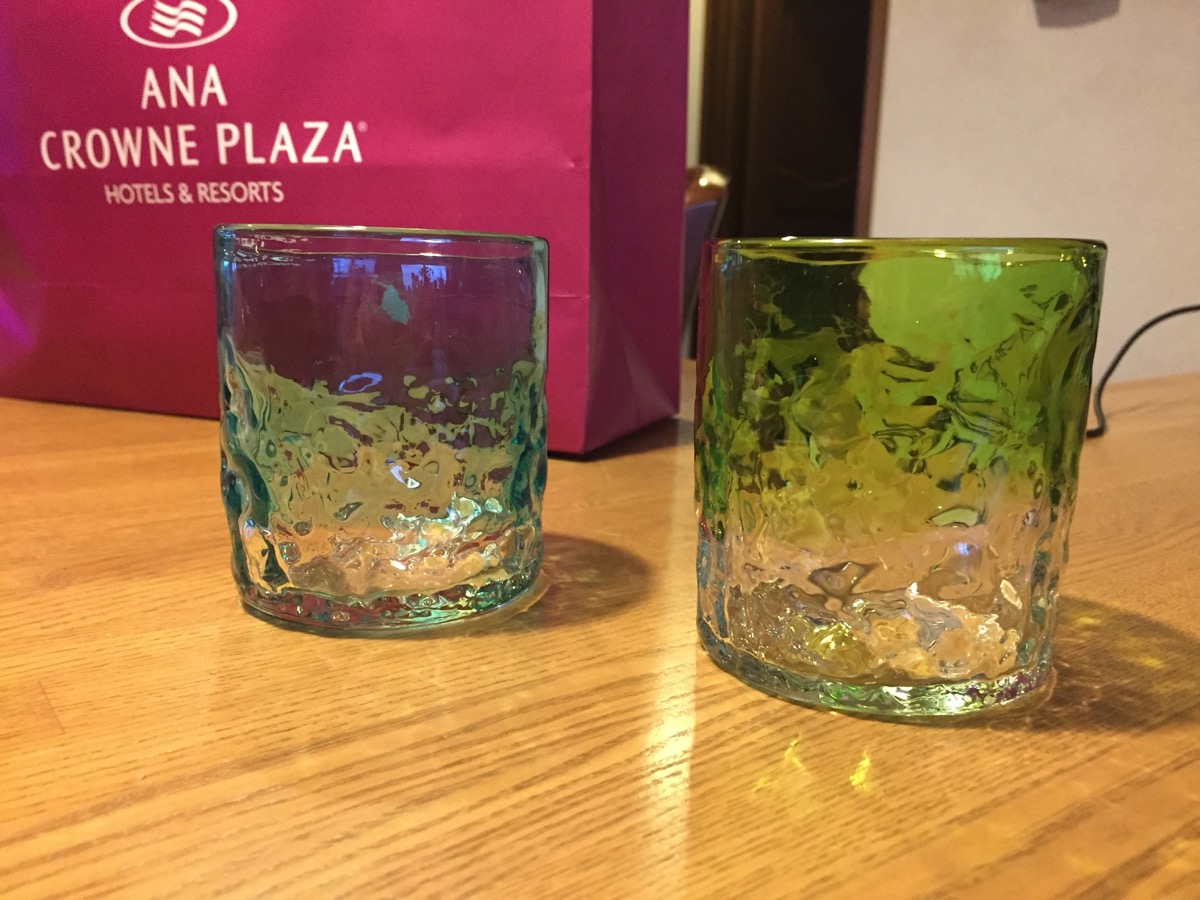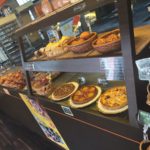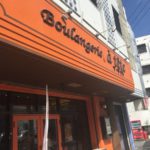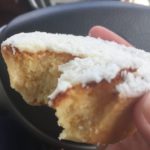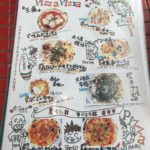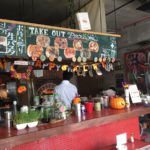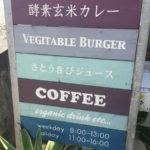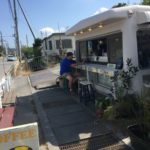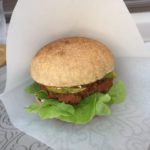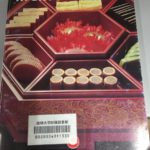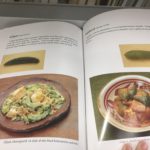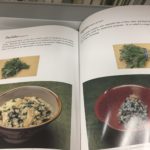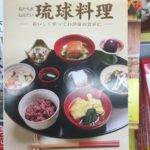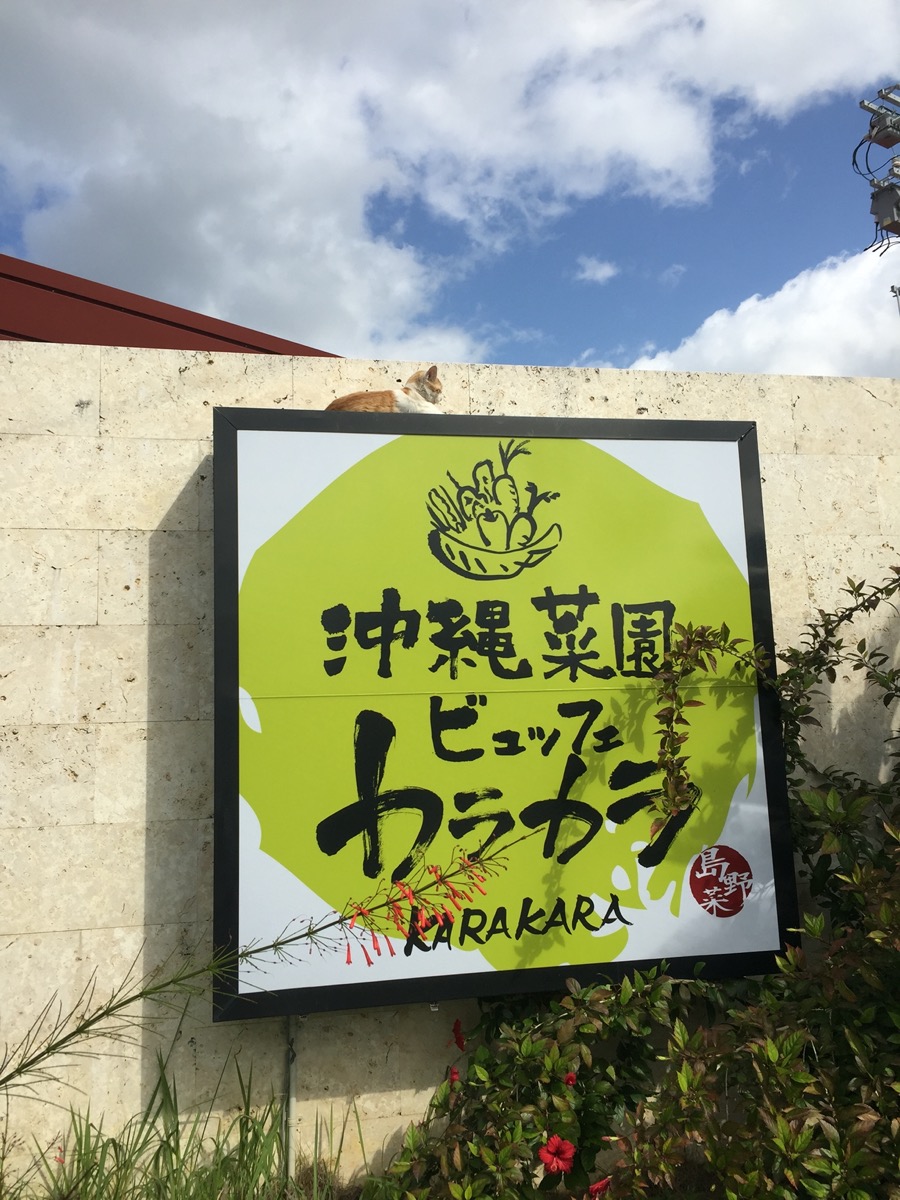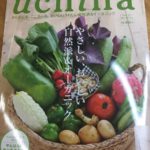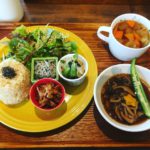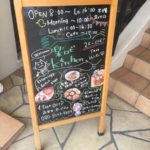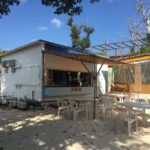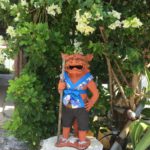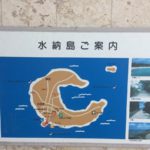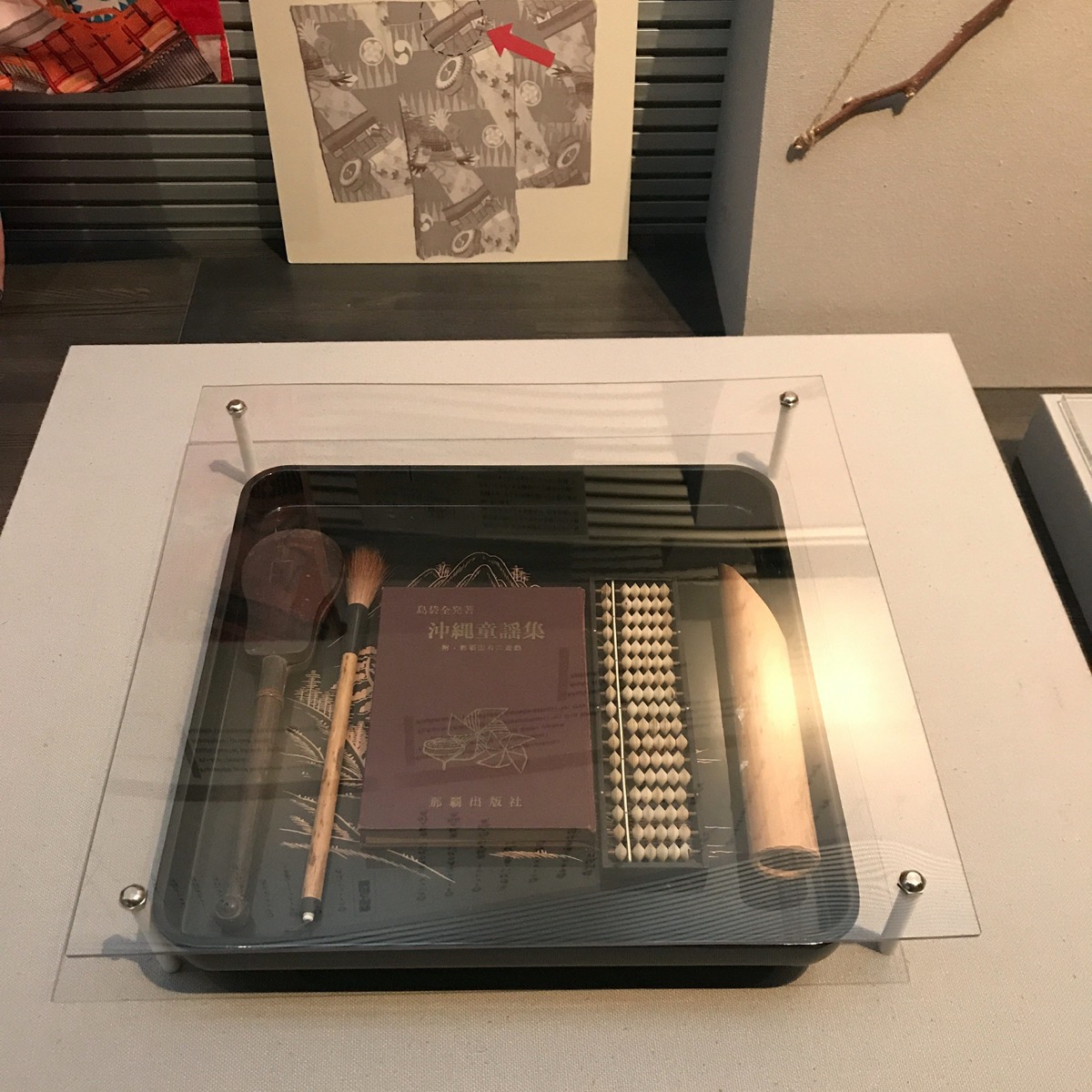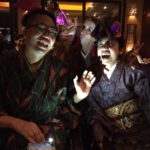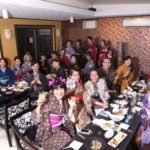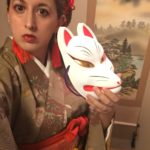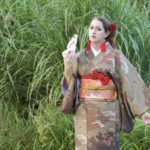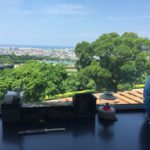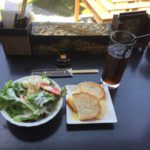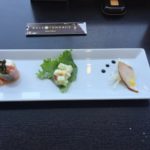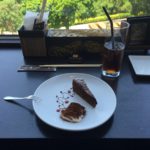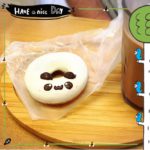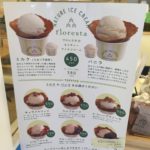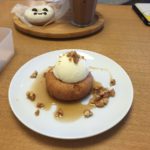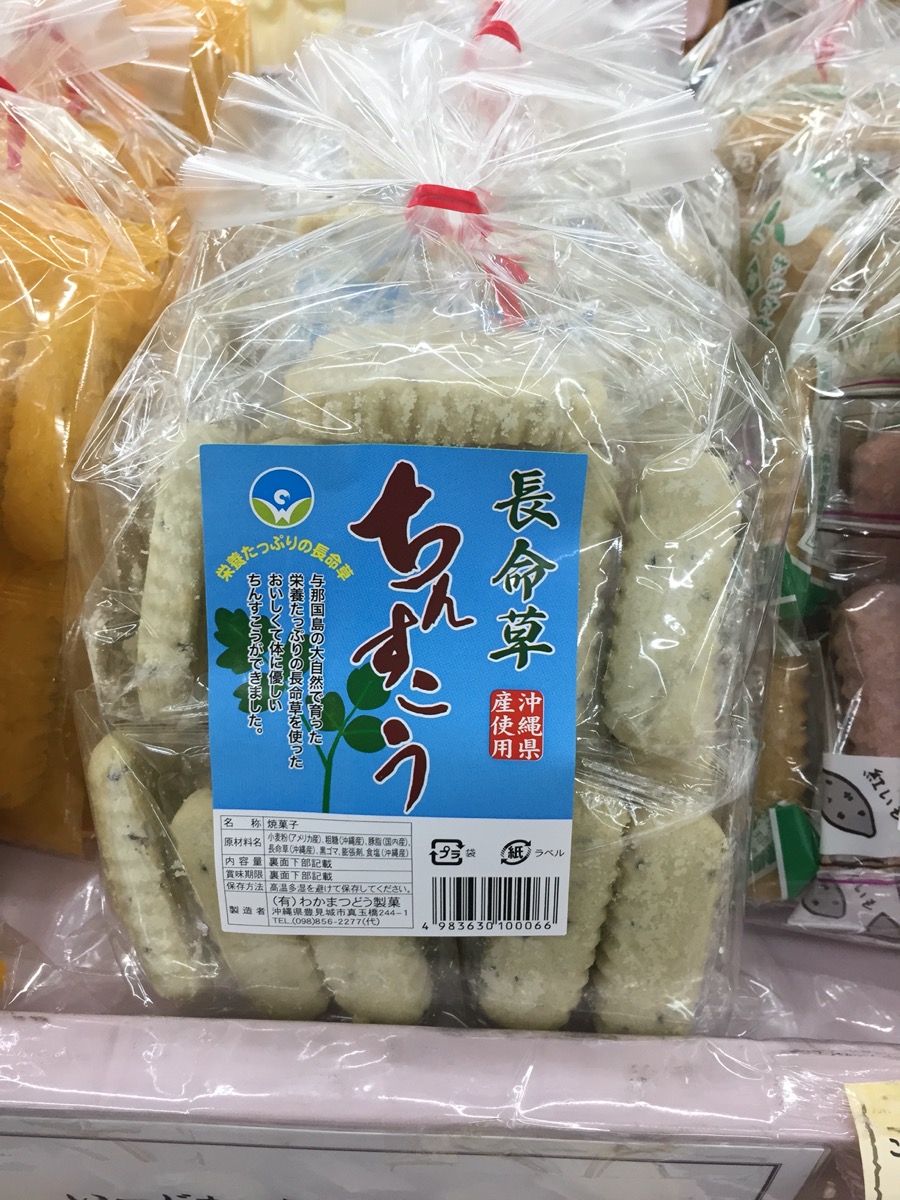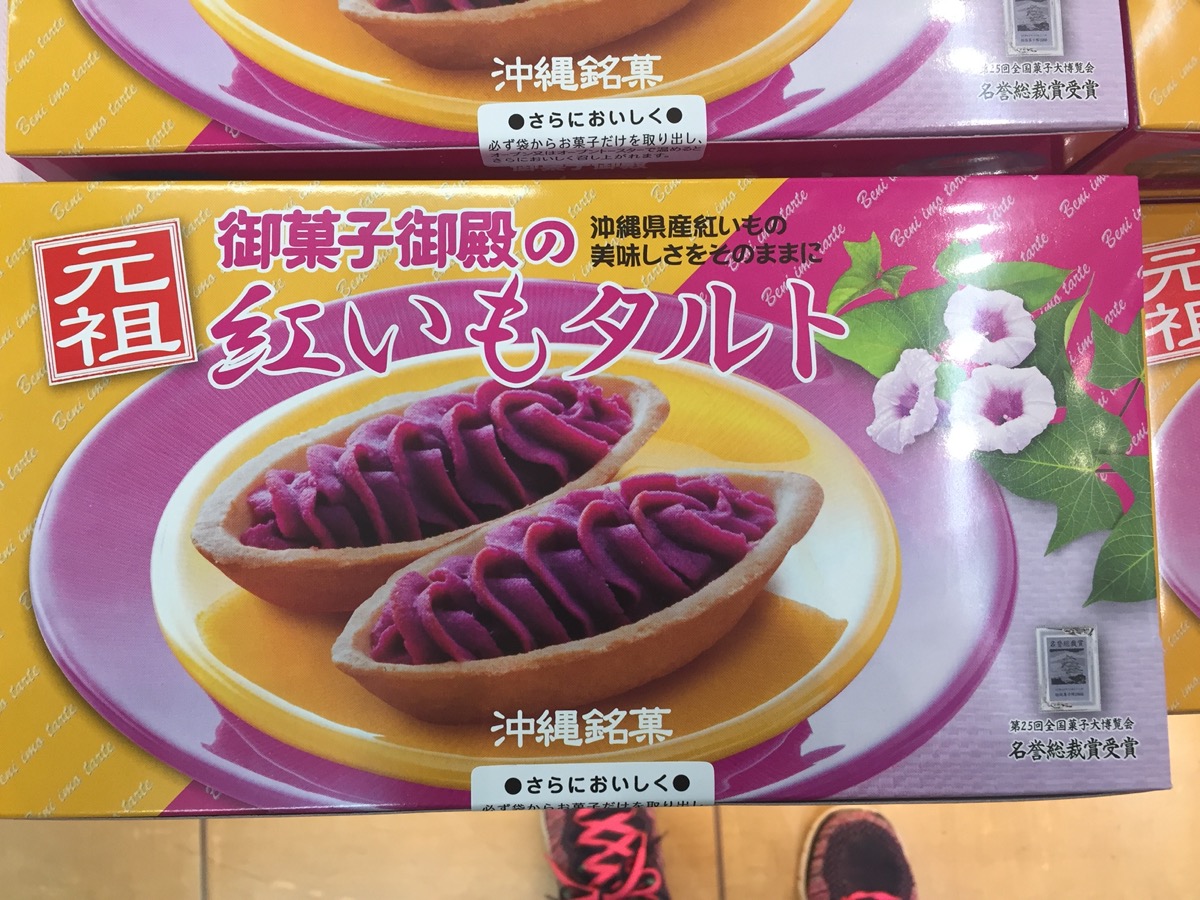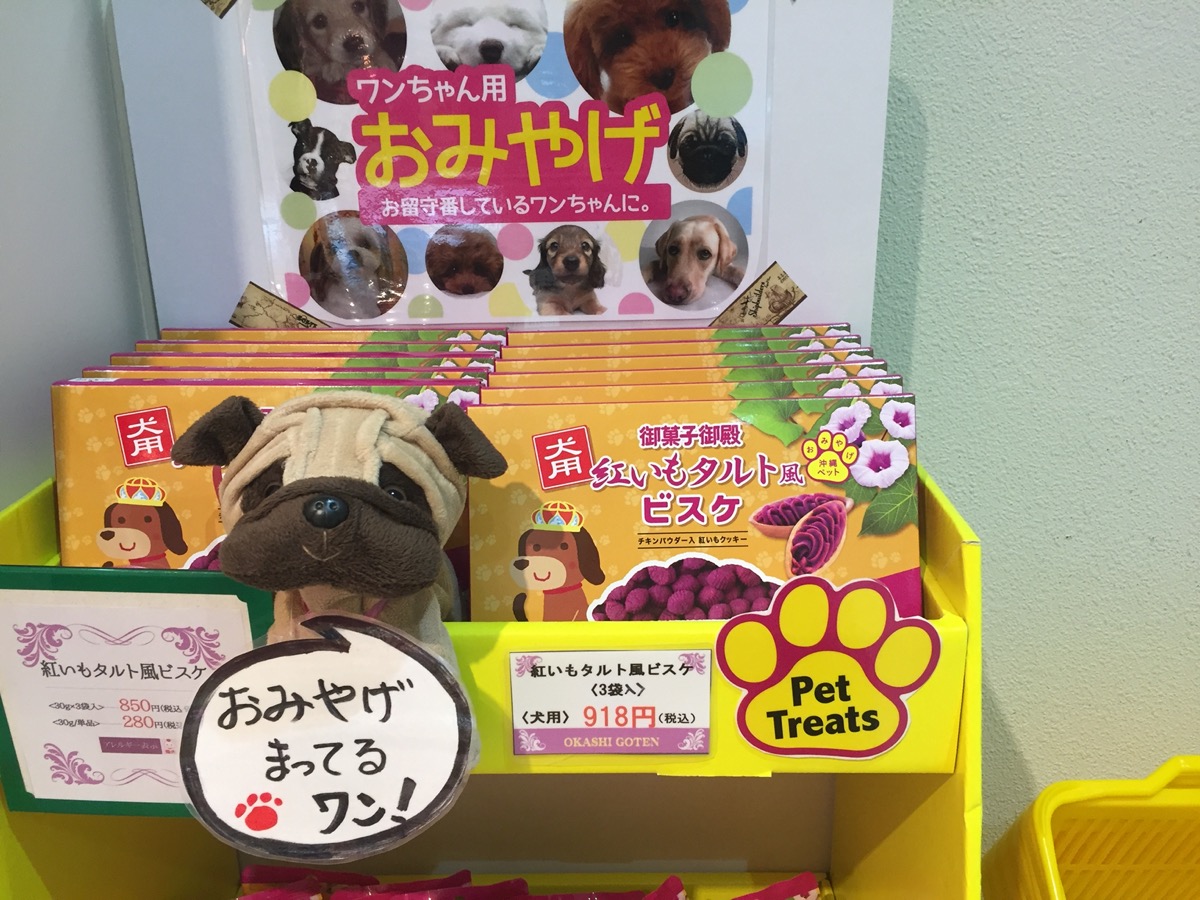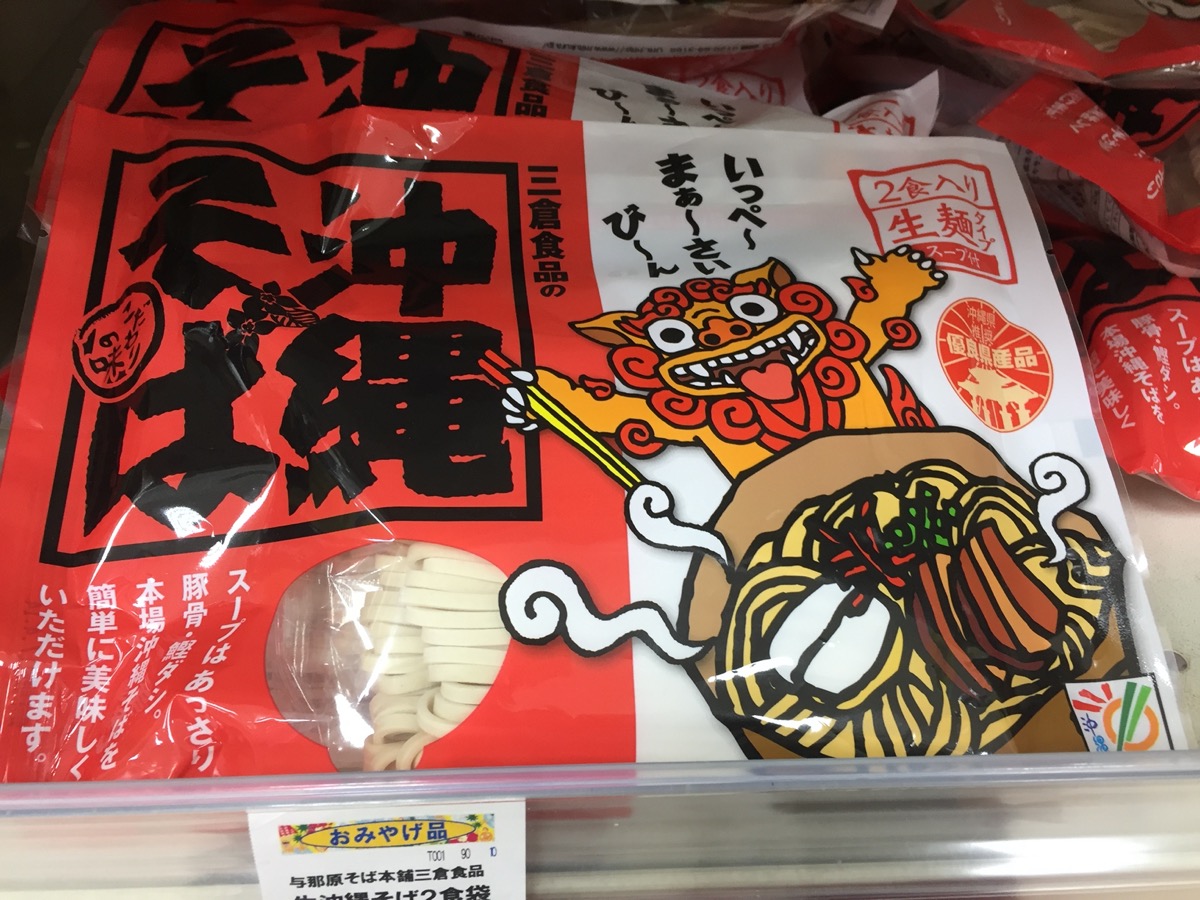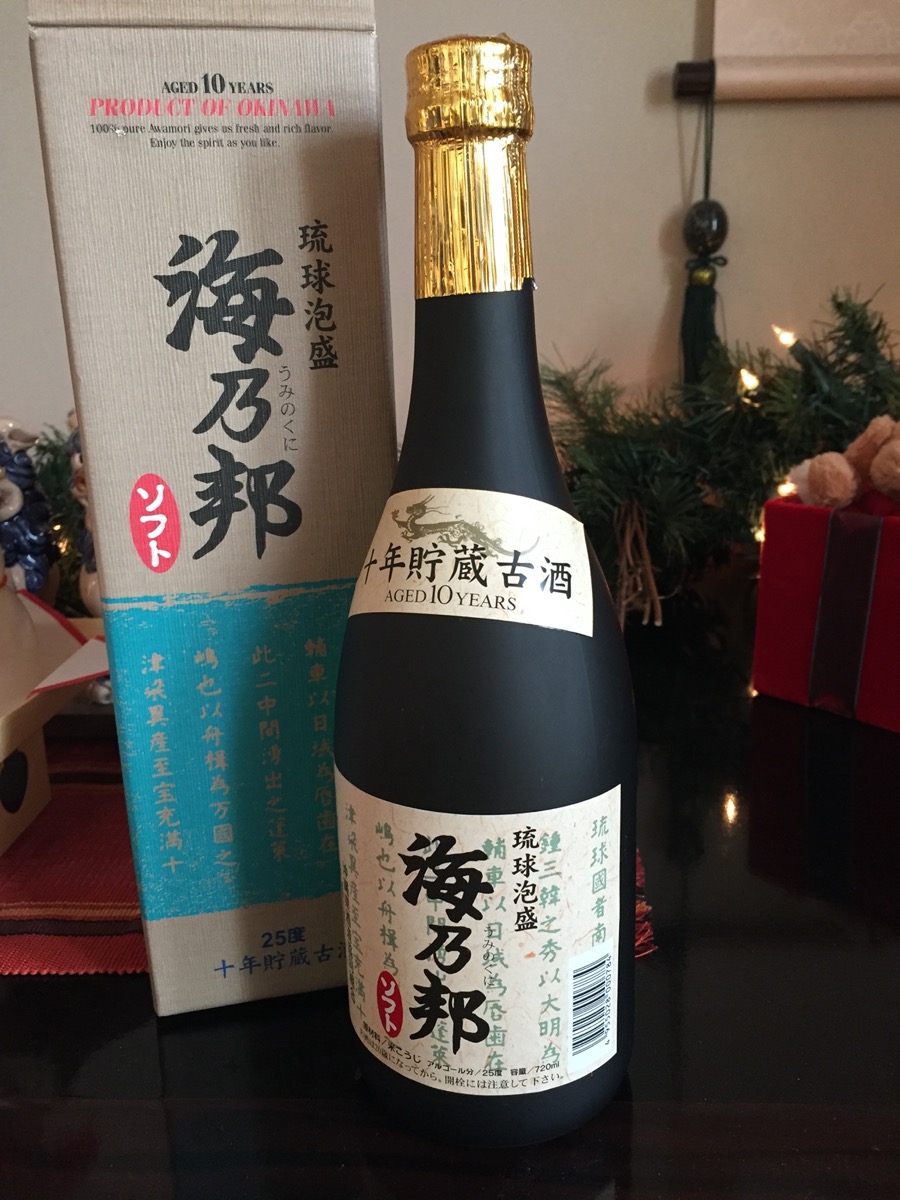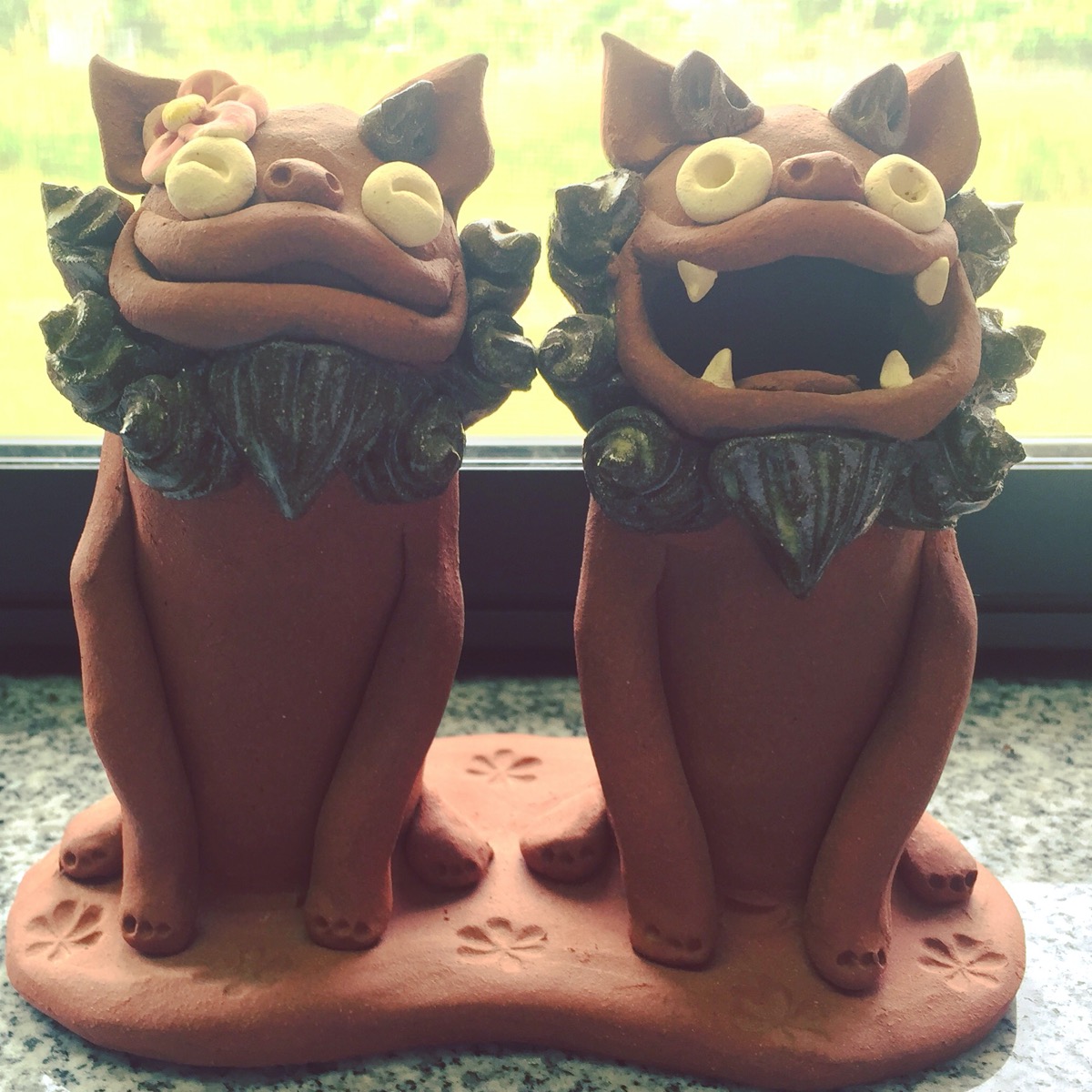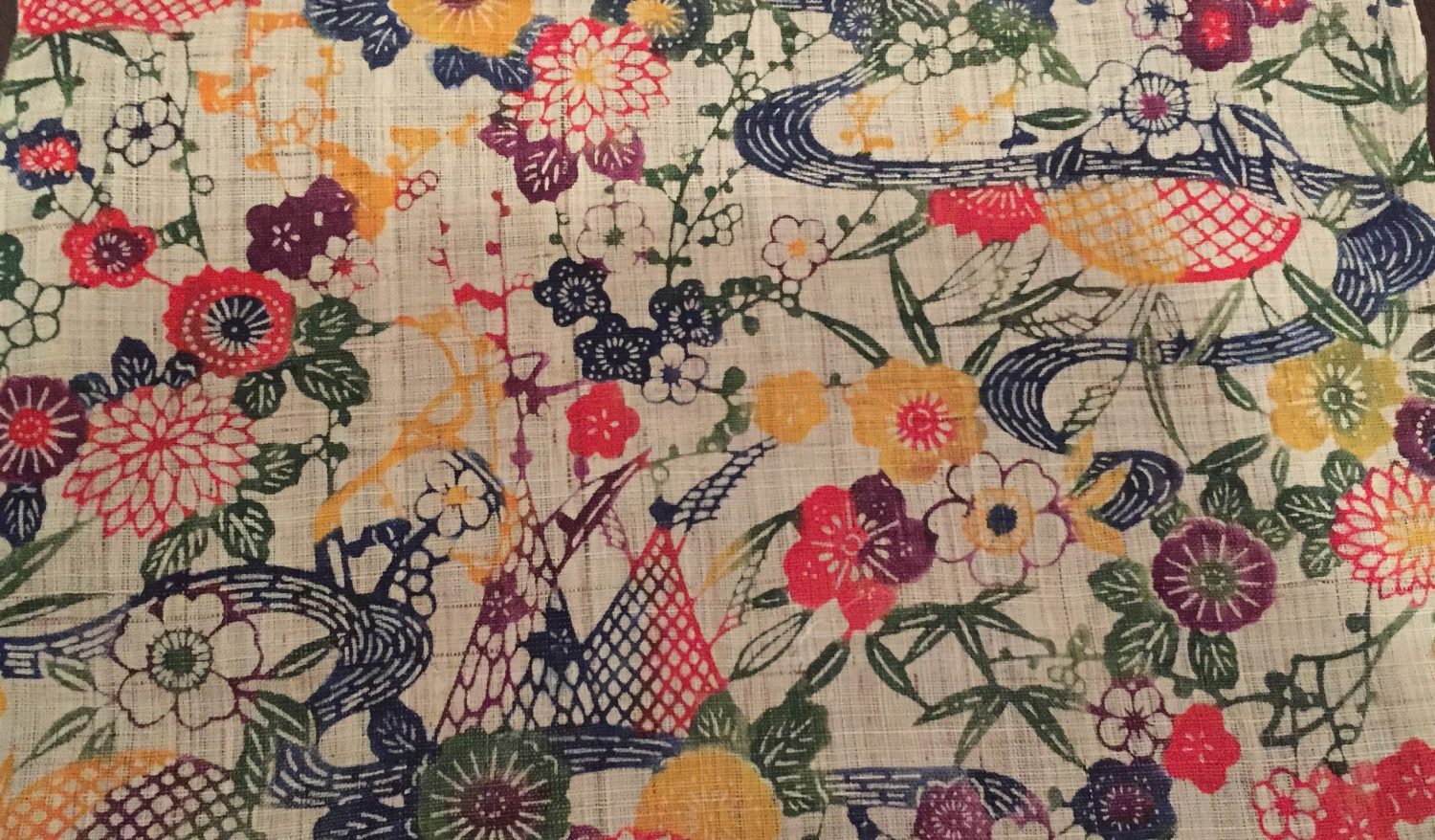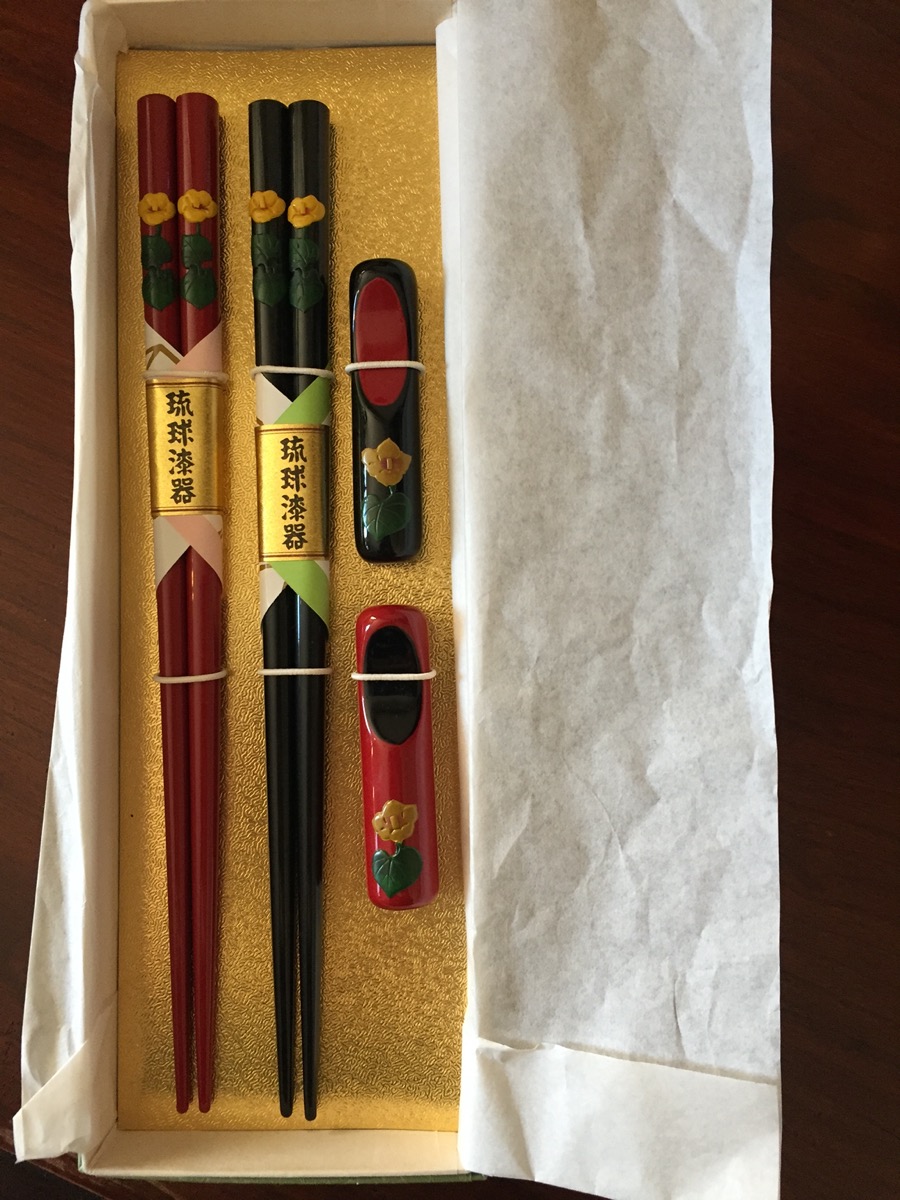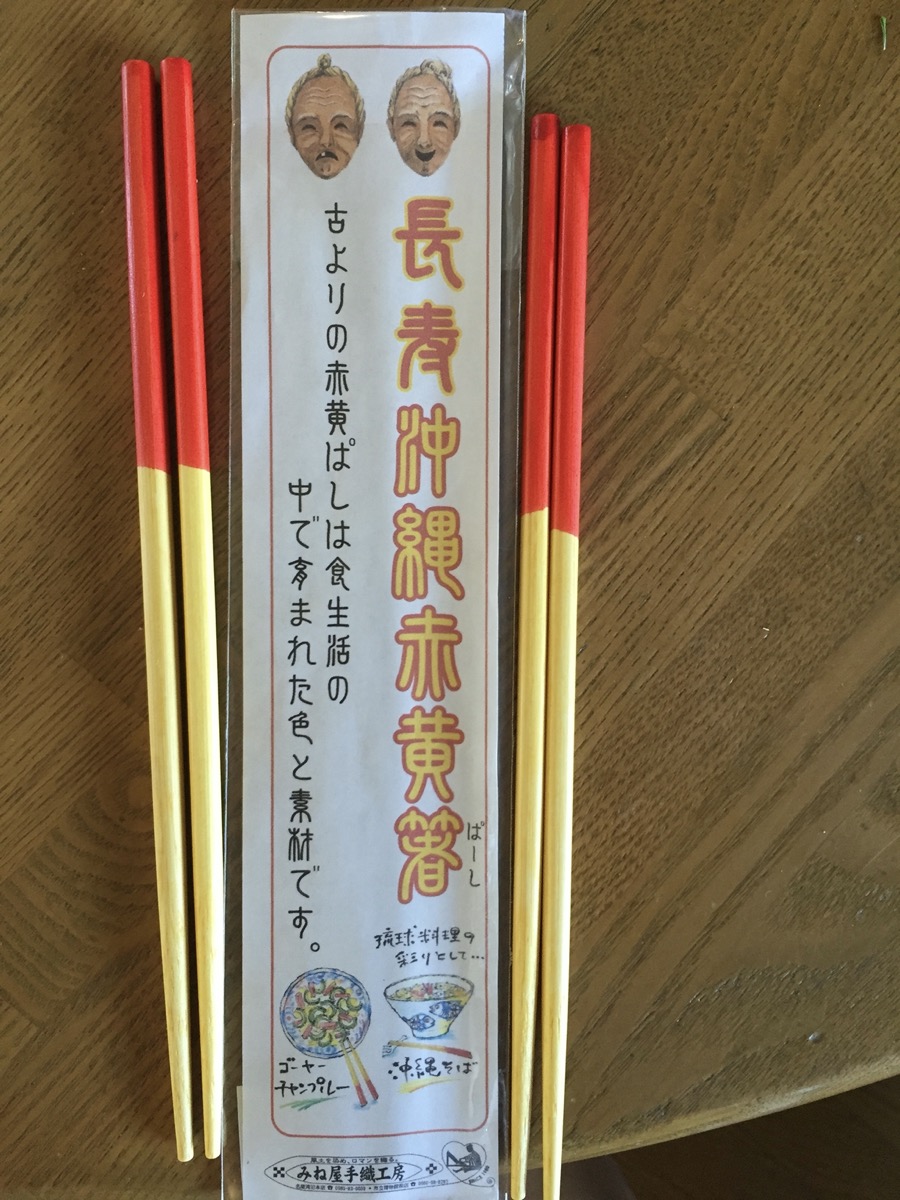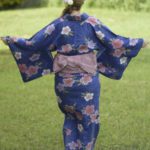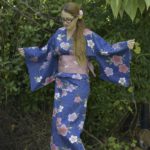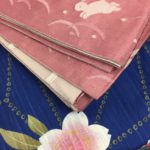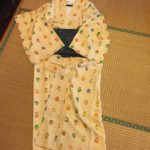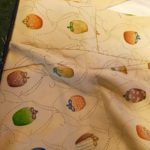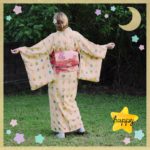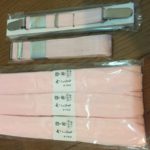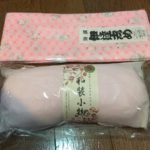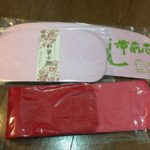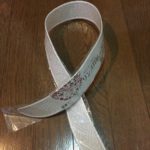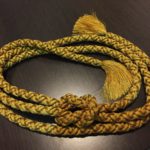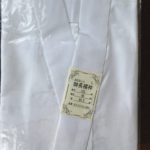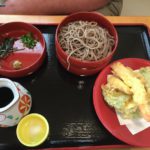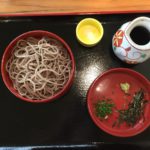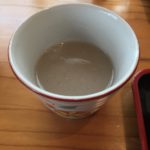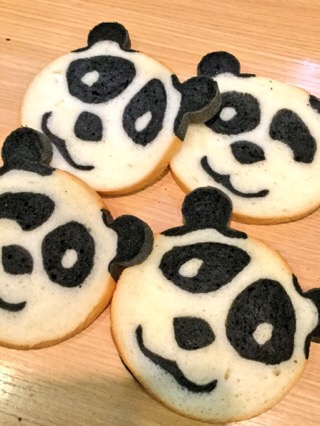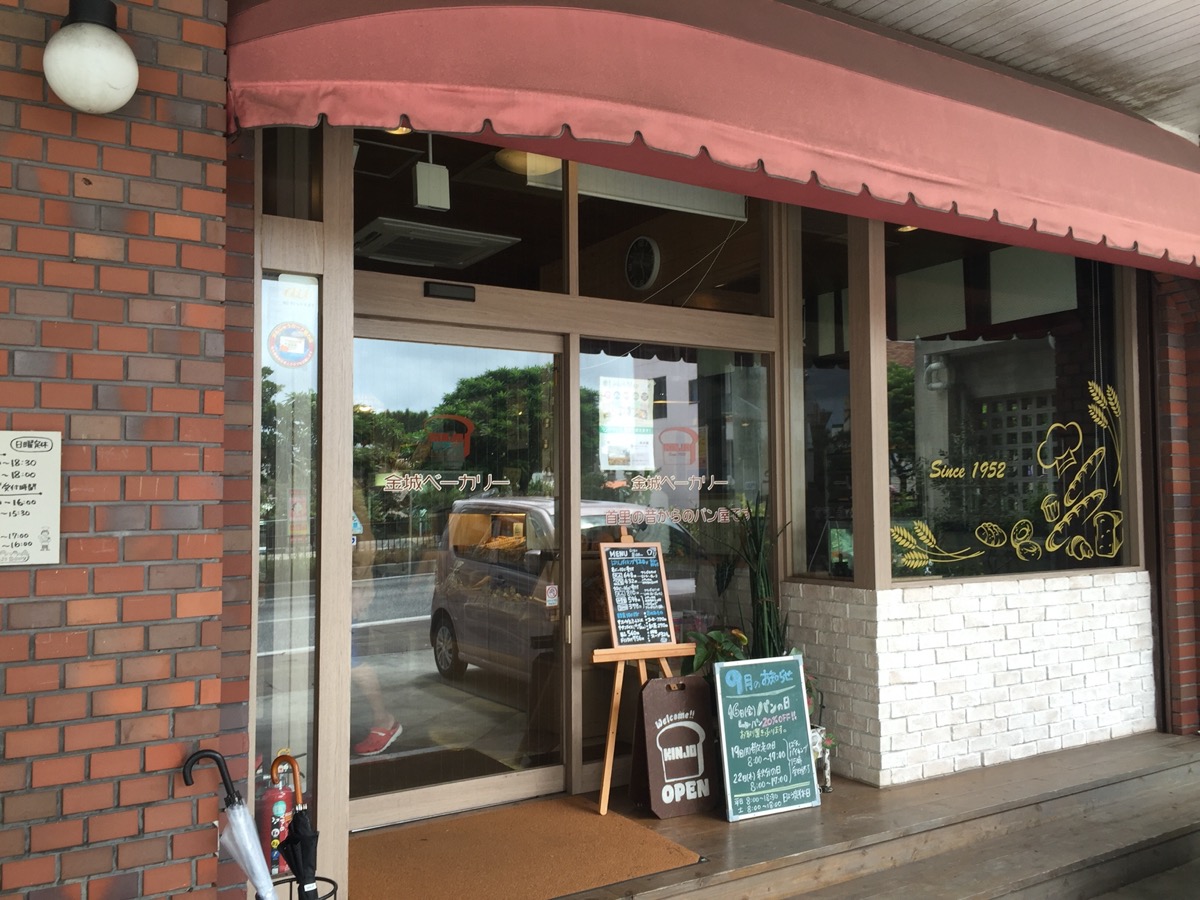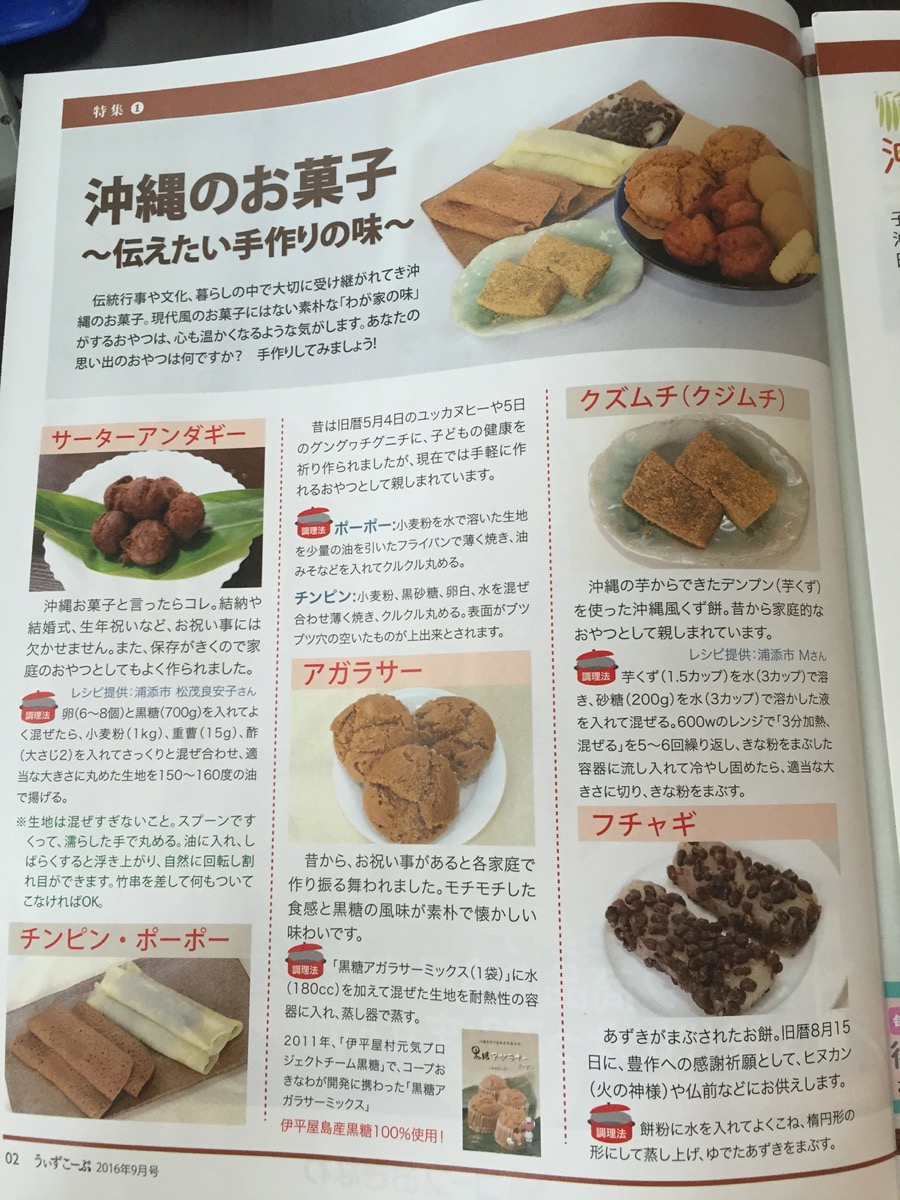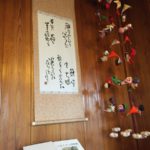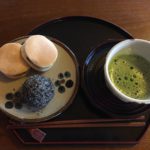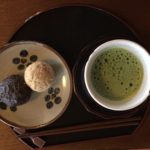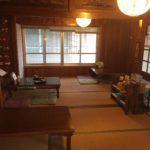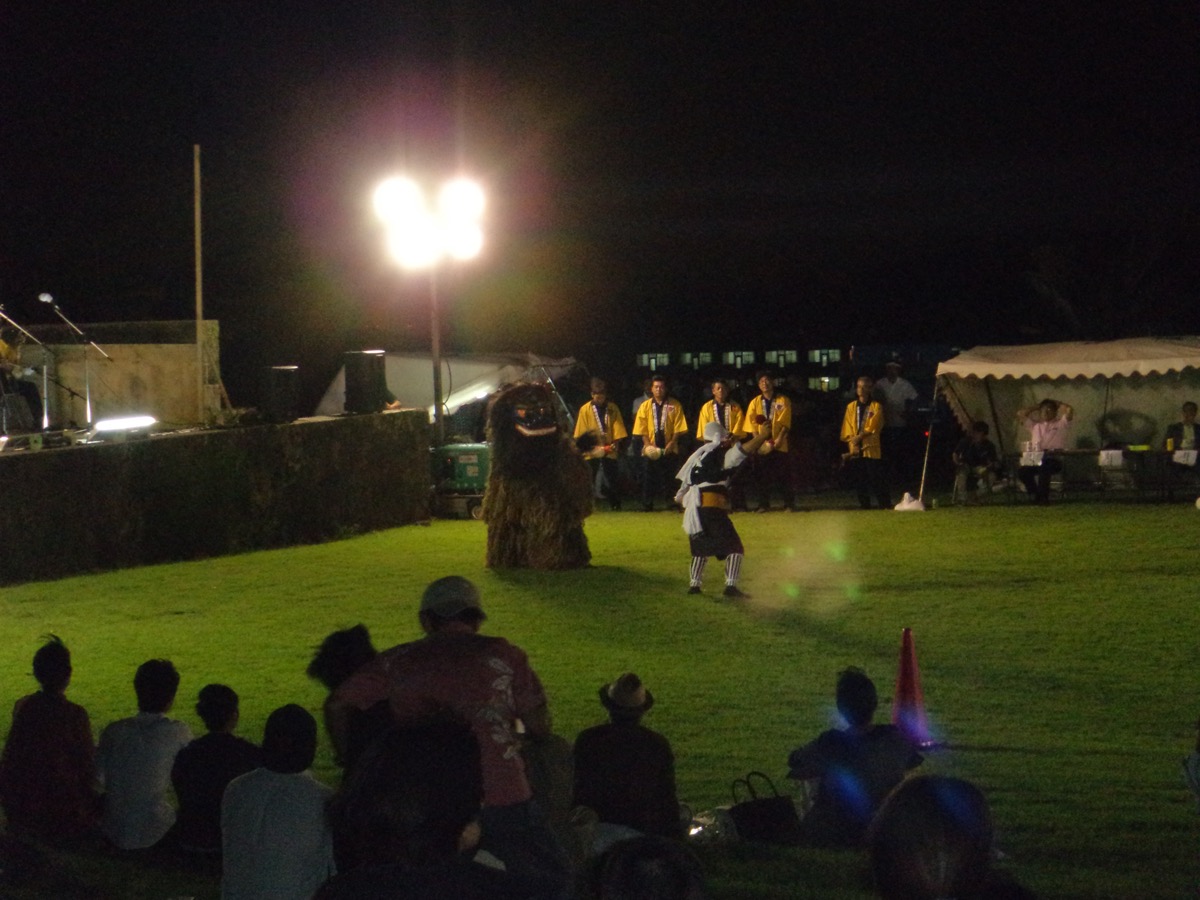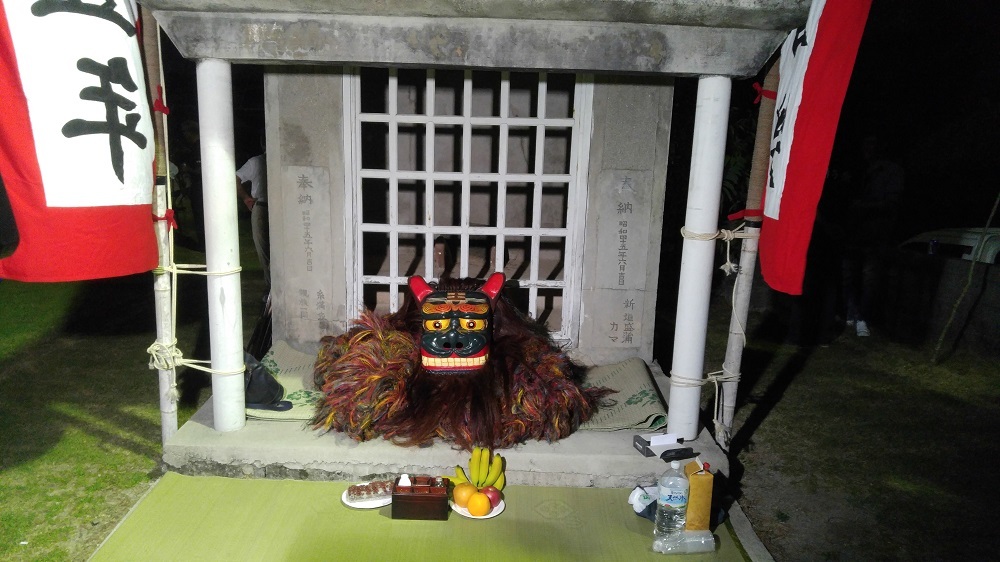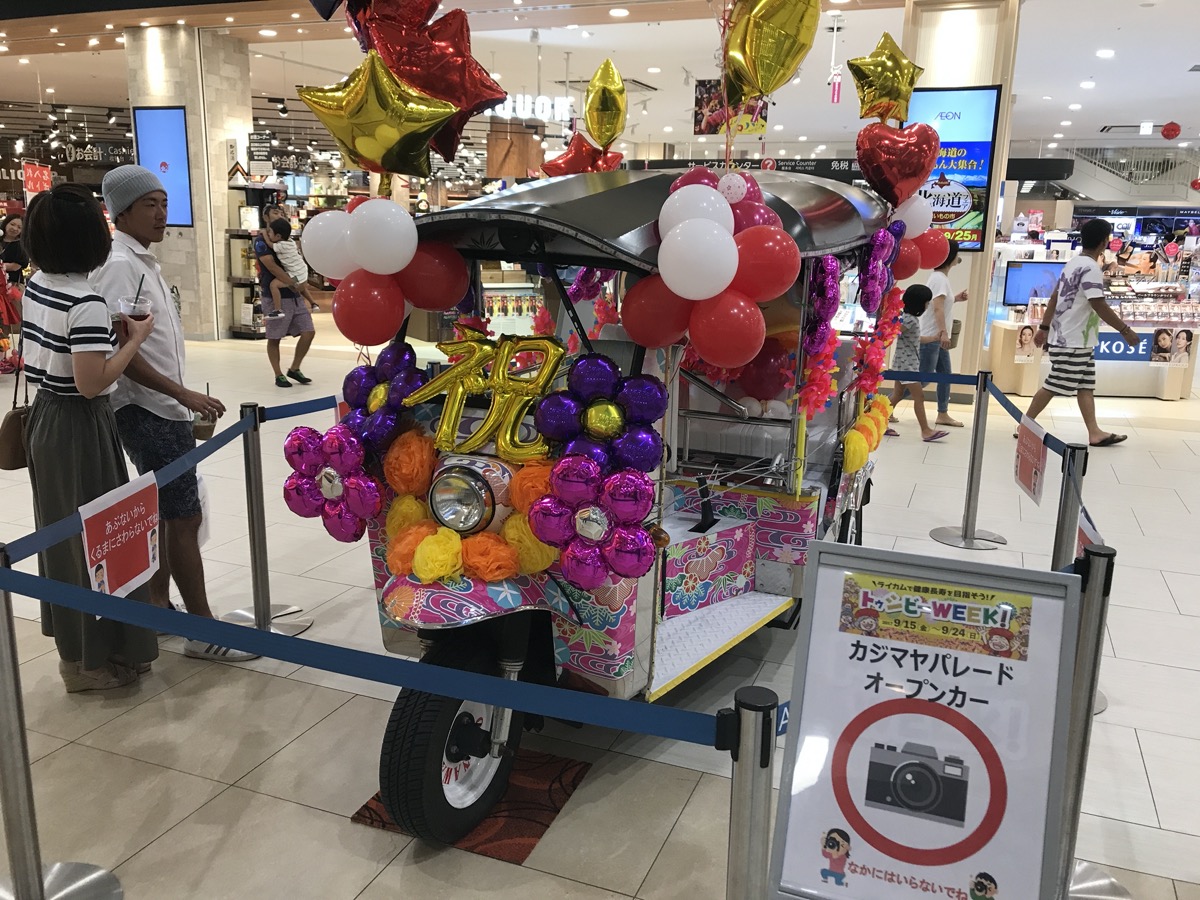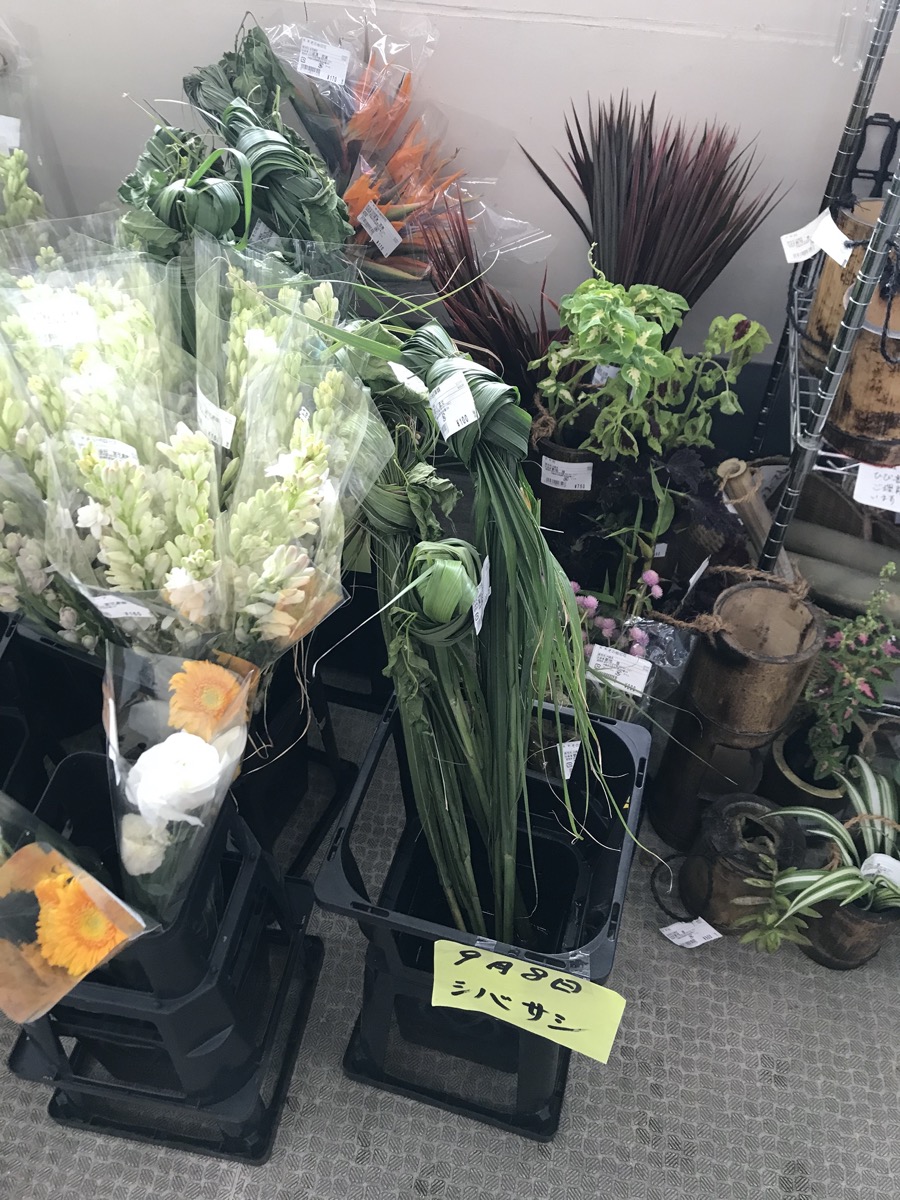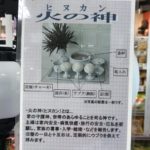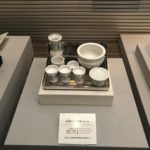Previously, I posted about the special Okinawa mochi called muuchii ムーチー (鬼餅). It is traditional to eat muuchii* on Muuchii-no-hi ムーチーの日 (12/8 of the lunar New year).
*also commonly spelled as “muchi” in English.
Eating muuchii on muuchii-no-hi is derived from an old Okinawan folk tale. There are some more macabre (and sexualized) versions of this tale, but I will stick to one of the children’s version that they air on TV here… gotta keep it PG.
This story is “Oni mochi” or in Okinawan language, “Unee Muuchii” 鬼餅. (鬼 oni means demon, 餅 mochi means rice cake). **some variations I have seen on “oni” in Okinawa language are also ウニ uni and ウナー unaa. I suspect these are all correct depending on the region of Okinawa.
Long ago, a brother and sister lived in a village near Shuri called Ozato. The brother became possessed by a demon and ate livestock at night; he even started living in a cave. In some stories, it is also rumored that the demon-possessed brother began eating children. The sister found out, so she came up with a plan to get rid of the demon.
In order to exorcise the demon, the sister made a muuchii (mochi) with iron nails inside and wrapped it with sannin 月桃の葉 (shell ginger leaves, called caasa カーサー in Okinawan language).
She tricked the demon to eat the mochi; the iron nails rid the brother of the demon and they pushed it off the cliff to kill the ogre!
In some of the lesser PG stories, the brother dies as he is the oni and the sister dies falling off the cliff with the oni, or weirder yet the sister has a “second mouth” which eats demons that is located “under her kimono”… I am sure you can guess as to what this might mean.
Anyway, the story happened on December 8th of the lunar calendar, so ever since it is a custom to eat muuchi on this day to ward off demons, protect from evil, and pray for good health.
Similar to setsubun, there is the custom of saying:
ウネーフカ(鬼は外) unee-fuka (demons outside)
フコーウチ(福は内)fukoo-uchi (luck inside)
Around this time of year, all the grocery stores start displaying the products to make muuchii, and shops take pre-orders. As I mentioned in the previous post on muuchii, people with children will buy the same number of muuchii as the age of their children and tie them up with string, hanging them up in the house; this practice is called sagimuuchii サギムーチー. People who had a baby in the past year will make up lots and lots of muuchii (this practice is called ハチムーチー hachimuuchi 初鬼餅) to hand out to relatives, neighbors, and friends; last year one of my eikaiwa students became a grandmother and brought us all in muuchii. For the baby, they also have the custom of making chikara muuchii (力 chikara means “power”) which is much bigger then regular muuchii in order to pray for the healthy growth of the baby. Muuchii is eaten as a lucky charm for the prayer of health and longevity. This coming year, Muuchii day (ムーチーの日) is on January 24th 2018; December 8th of the lunar calendar.
There are a couple ways you can make muuchii. First you can buy the pre-mixed bag, just add water. All the grocery stores sell these, in usually in a variety of flavors such as beniimo (purple sweet potato), brown sugar (one of my favorites), taanmu (taro), yomogi (mugwort), kabocha (pumpkin), ukon/ucchin (turmeric), or even just plain. You can also buy the ingredients separately, so you can mix up the flavors as you like; again all the powders to this are in the grocery store. A lot of the mochiko and flavor packages even have the recipe/directions for muuchii on the back. If you really want (or don’t have access to powdered beniimo), you could even do it some more traditional ways like mashing beniimo to get the flavor in instead of the powder. Overall, it is super simple and it does not have to be precise, just don’t use too much of either water of sugar.
For the shell ginger leaves: you can buy these at JA farmers market or just ask someone if you can have some from their yard… they are everywhere!
Recipe for Beniimo muuchii (purple sweet potato): This one uses the powders. Maybe I will post the longer version later if I find a good recipe. You can halve or quarter the recipe, which is what I normally do.
mochiko もち粉, 1kg
beniimo powder 紅芋粉,200g
sugar, brown or white, 200g
water 4-5 cups
shell ginger leaves 月桃の葉, ~50 pieces (cleaned!)
vinyl string for tying muuchii
Knead together the mochiko, beniimo powder, sugar and some of the water (it will probably be a bit sticky at first, that’s okay). Make sure it is not too dry or too wet, it should be pliable but not too sticky or soft; you may want to experiment with the amount of water (the ratio should be somewhere in the range of 2:5 to 3:5 of water in mL to dry ingredients in grams). Shape into rectangular shape onto shell ginger, wrap and tie with vinyl string. Steam muuchii well for ~3o minutes. Carefully remove and let cool. Finished! Hopefully this year I can take some nice pictures of the making and shaping process~ you can see how truly easy it is to make yourself.
Brown sugar muuchii (10 pieces): mochiko, 300g; brown sugar 120g (as little as 80g or up to about 150g depending on your taste); water 240cc. Follow the same instructions– knead, shape, wrap, tie. Steam ~30 minutes.
For these recipes you can change the ratios a bit and you will not affect the texture or steaming time much. Some recipes will call for dried potato flakes (like those instant mashed potato flakes), but I have not tried using any… I am not really sure how that changes things. Recipes from scratch call for boiling and mashing either white potato or sweet potato into the mixture… again, I have not really tried that (yet).
For reference here is a picture of 2 pre-mixed ready to go muuchii pouches I bought at SanA; left is taanmu 田芋/ターンム (taro) and right is brown sugar (黒糖). All you need is water and shell ginger leaves. The best part– these can also be made into dango 団子! Also for reference below is a picture of mochikoもち粉 (sweet glutinous rice flour) if you go that route.
Some pictures of the process:
